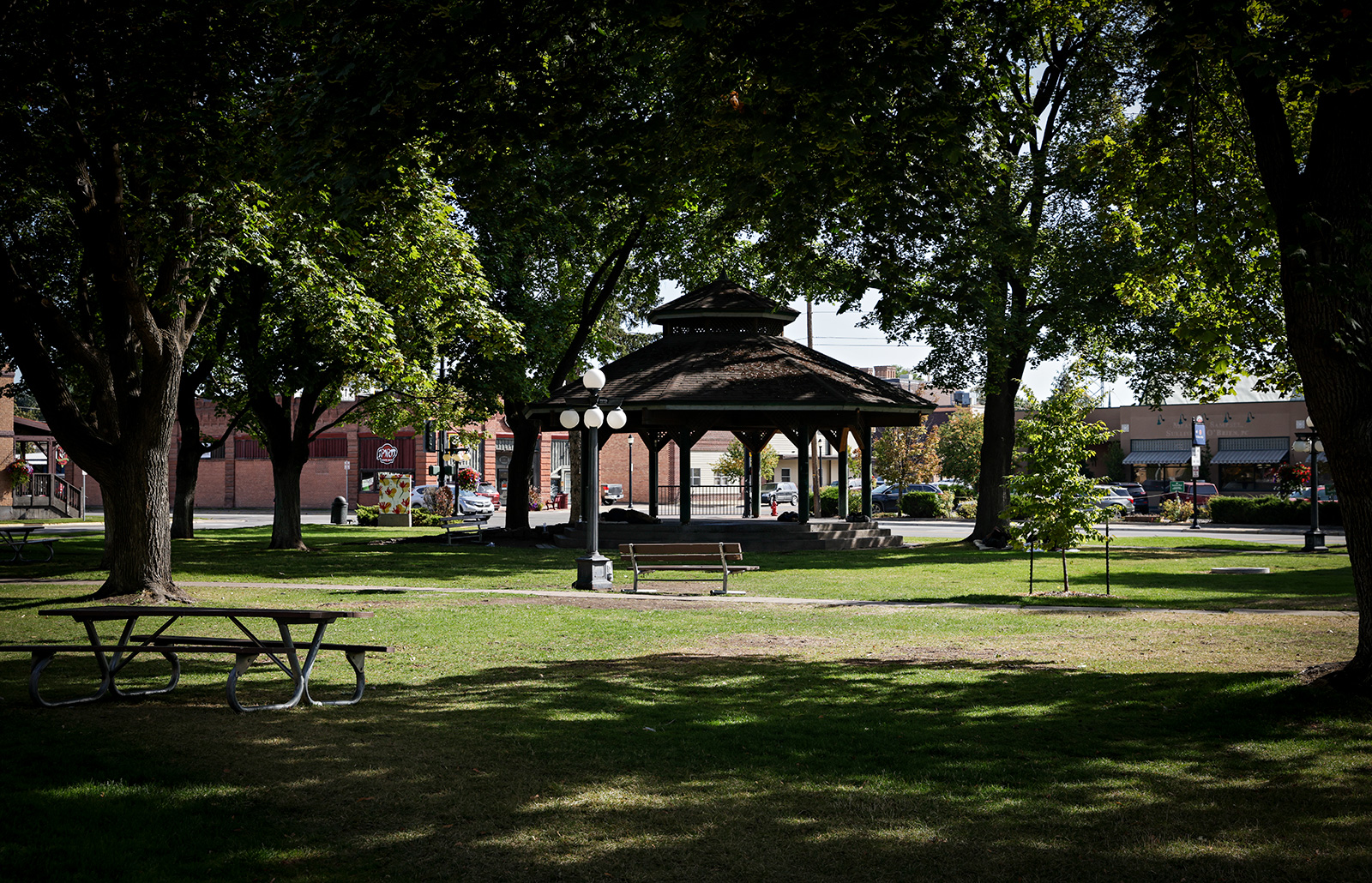Local Leaders Meet to Discuss Increase in Homelessness
As Flathead County sees unprecedented rise in homelessness, community members seek to move solutions away from police and towards valley-wide partnerships
By Denali Sagner
Members of the community, public officials and representatives from across Flathead County met on Oct. 6 at the Flathead Warming Center to address the growing homelessness crisis in the valley. The meeting, which was facilitated by Kyle Waterman, current chair of the education and outreach committee for Collaborative Housing Solutions of Northwest Montana, brought together numerous nonprofit groups and sought to begin a conversation surrounding how the valley can better address the needs of its unhoused residents. Advocates outlined a vision for the valley’s future that includes improved mental health, addiction and housing services, as well as streamlined public communications about available resources and a reduced dependency on law enforcement to respond to homelessness concerns.
Warming Center Executive Director and CoFounder Tonya Horn, addressing an unexpectedly large crowd that spilled into standing room in the back of the center, emphasized that only cross-agency and cross-organization cooperation could create the sustainable and lasting solutions her center is hoping to achieve. Horn celebrated the 10 new beds the center will have this winter, but warned that the beds alone will not address the growing needs of the valley’s unhoused population.
“We want to be part of the solution, but we can’t be the solution without our community with us,” she said.
Horn also spoke about limiting the use of police as a solution to homelessness and instead investing in more sustainable measures like creating new housing and expanding shelter space, a recurring theme raised throughout the meeting.
“Making it a policing issue is very, very costly. We are paying for homelessness as a community,” Horn said.
According to data from the Montana Continuum of Care Coalition, 319 individuals experiencing homelessness currently live in the Kalispell area, a number that amounts to 20.1% of the state’s homeless population. Kalispell’s homeless population is larger than that of bigger cities such as Billings, Helena, Great Falls, Bozeman and Butte, an alarming point of comparison that community members discussed at length during the Oct. 6 meeting. The number of unhoused people in the Kalispell area has increased significantly since the beginning of the pandemic, from 235 individuals in 2020 to the current 319.
Cassidy Kipp and Sean O’Neill of Community Action Partnership of Northwest Montana also pointed to the significant number of unhoused individuals with disabling conditions and who are chronically homeless, or have been homeless for at least one year. Currently, 149 of Kalispell’s 319 unhoused people have disabling conditions, a vast increase from 52 individuals in 2020. Eighty-seven individuals in Kalispell are currently experiencing chronic homelessness, a number that has also shot up since the beginning of the pandemic, from 22 in 2020. Kalispell is also home to the second highest population of unhoused veterans in the state, only behind Missoula. Kipp and O’Neill emphasized the intersecting forces that entrap individuals in chronic cycles of homelessness, forces that have only been exacerbated by the impacts of COVID-19 and the population boom in the Flathead Valley.
“Folks were fighting an uphill battle already, and now it’s a mountain,” O’Neill said.
Shawn McGrath, who has lived in the Flathead for six years, spoke about his own continuing battle with homelessness, as well as his work with the homeless individuals who take shelter in Kalispell’s Woodland Park. He was recently evicted from an apartment in Kalispell and is currently experiencing homelessness again, a struggle that will become more dire as temperatures drop in the coming weeks. McGrath, who has a bachelor’s degree in psychology, urged the crowd not to “just take all of the homeless and put them into one box.”
McGrath also highlighted the tenuous relationship between Kalispell’s homeless population and local law enforcement, who often remove unhoused people from local parks, leaving them with nowhere to go.
“They don’t trust the police. They feel like City Council is using the police to push them out of Kalispell,” he said. “There needs to be trust building.”
Patrol Captain Jordan Venezio agreed with McGrath, saying, “Police don’t solve these problems.”
“We want to be partners in this and we want to help out where we can but we can’t be a focus of the solution,” Venezio added.
Other participants included Dawn Jackson of the National Alliance on Mental Illness’ (NAMI) Flathead chapter, Flathead County Commissioner Randy Brodehl, ImagineIF Senior Librarian Sean Anderson, Bethlehem Lutheran Church Pastor Scott Thompson and Kalispell Chamber of Commerce President and CEO Lorraine Clarno.
Waterman said that he hopes to arrange regular meetings and work groups to continue the conversation and develop a more comprehensive action plan.
If an individual is experiencing homelessness or knows of someone in need of assistance, resources are currently available at the Samaritan House, the Warming Center, the North West Montana Veteran’s Food Pantry, NAMI Flathead and the Abbie Shelter. Individuals can also be connected to non-emergency resources by calling 2-1-1 or visiting montana211.org.